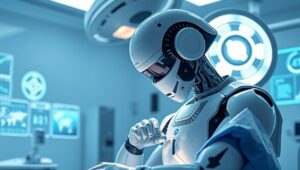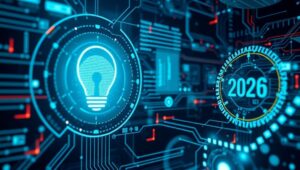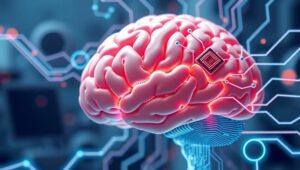May 17, 2025
The Ethics of AI in Cybersecurity: Bias and Autonomous Decisions (2025)
The Ethics of AI in Cybersecurity: Bias and Autonomous Decisions (2025) Artificial intelligence (AI) is rapidly transforming the cybersecurity landscape. AI-powered tools are now used for threat detection, vulnerability assessment, and incident response. However, the increasing reliance on AI in cybersecurity raises critical ethical concerns, particularly regarding bias and autonomous decision-making. The Double-Edged Sword of AI in Cybersecurity AI offers significant advantages in cybersecurity: Enhanced Threat Detection: AI algorithms can analyze vast amounts of data to identify patterns and anomalies indicative of cyberattacks, often more quickly and accurately than humans. Automated Incident Response: AI can automate responses to common cyber












